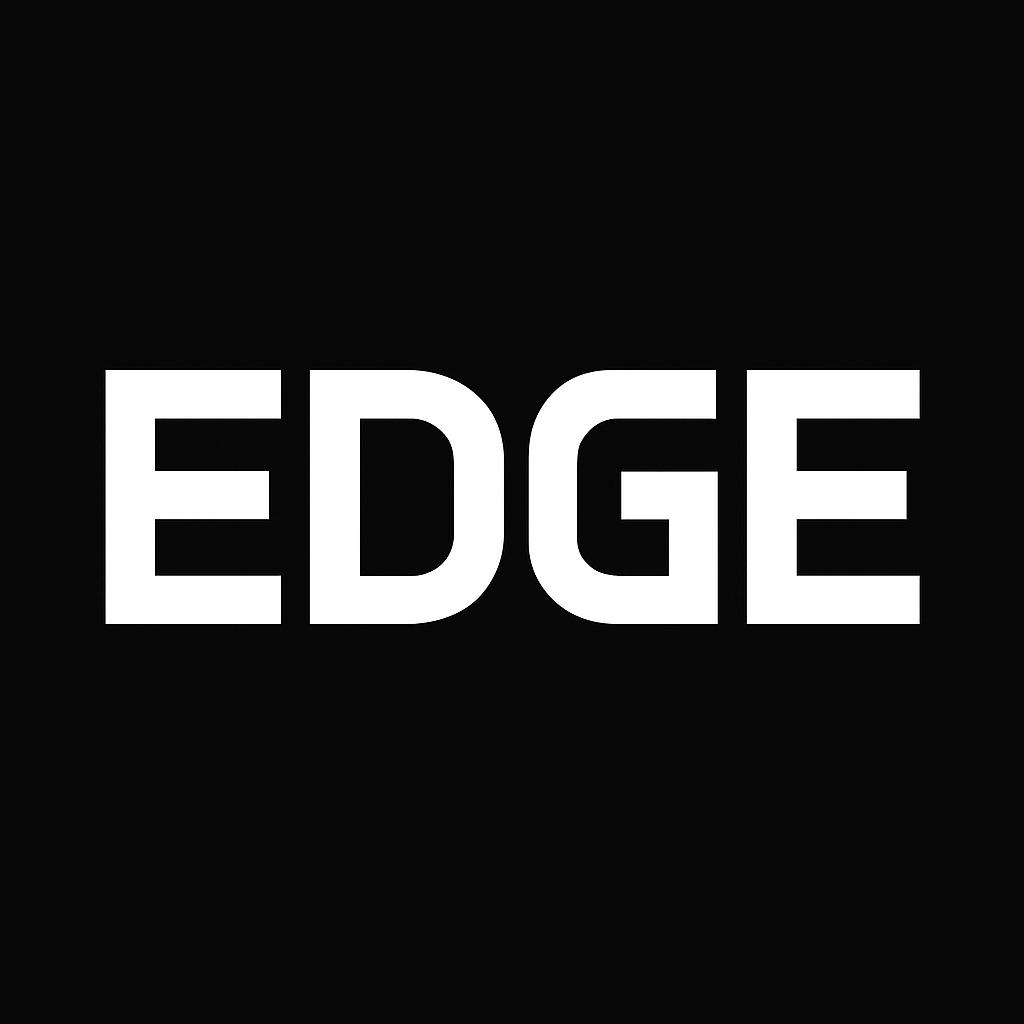Median household income often presents a clearer picture of the typical household’s purchasing power because it reduces distortion from very high earners. In parallel, average income highlights the aggregate economic pie but hides concentration. When we analyze wealth, distributions are even more skewed: a small share of households hold a large share of net worth through a mix of home equity, investments, and business ownership. This pattern has broad consequences for access to finance, intergenerational mobility, and consumption patterns.
For individuals aiming to improve financial outcomes, tactical steps include: (1) boosting human capital through targeted education and credentials, (2) building diversified income streams — a core job plus side projects — and (3) automating saving to capture the long-term power of compounding. Policies that broaden retirement coverage and reduce barriers to low-cost investing materially change wealth accumulation at the population level. Equally important are employer practices like matching retirement contributions and transparent pay bands, which reduce uncertainty and raise baseline saving rates.
Net worth by demographic groups often reflects historical differences in home ownership, access to capital, and inheritance patterns. Younger households face different headwinds (student debt, high housing entry prices) than mid-career households who benefit from home equity and retirement accounts. Tackling inequality requires both household-level strategies and system-level reforms: progressive taxation, affordable housing programs, and expanded access to employer-based savings can rebalance opportunities across cohorts.
Practical household blueprint: maintain a simple net worth tracker, automate contributions to retirement and taxable investment accounts, prioritize emergency liquidity equal to 3–6 months of essential expenses, and shift windfalls into long-term investments rather than lifestyle inflation. Over decades, disciplined and low-cost investment strategies typically outperform frequent trading or timing attempts.
FAQs
Q: Which is more useful for planning: median or mean income?
A: Median income is usually a better guide for individual planning; mean is better for macro perspectives.
Q: How can households start building net worth with limited income?
A: Start small and automate: regular contributions, low-cost index funds, and incremental increases when income rises.
